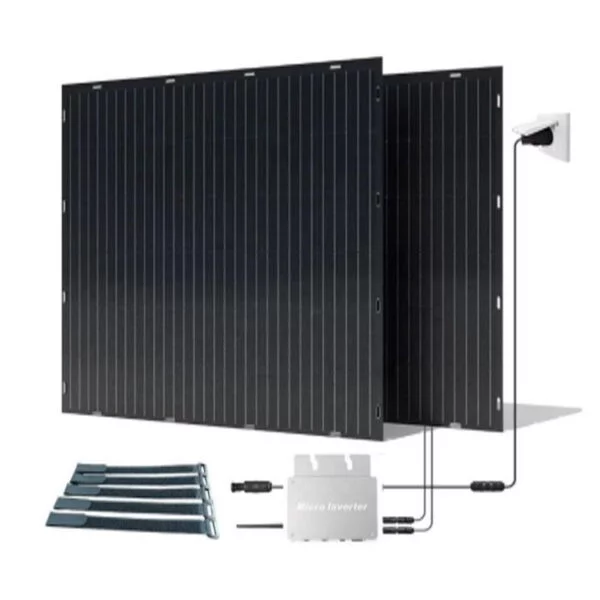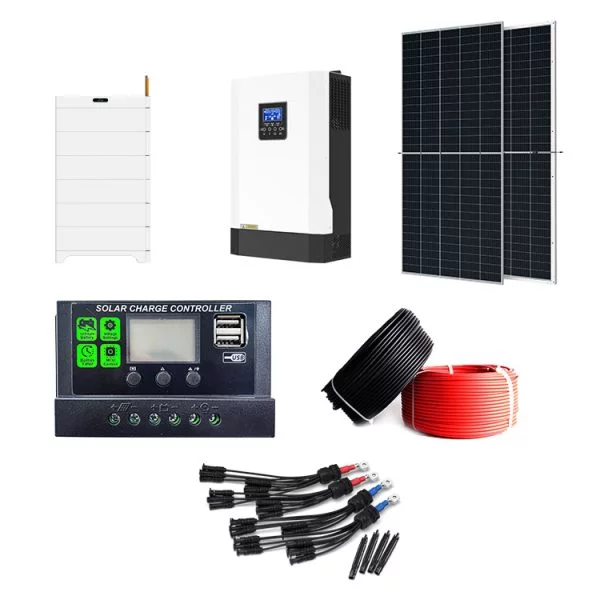HOT PRODUCT
Product Details
Choosing Components For Your System: Tips For A Successful Setup
Choosing Components For Your System: Tips For A Successful Setup
Building a new computer system from scratch can be an exciting and fulfilling experience. Whether you are a gamer, a content creator, or simply someone who wants a high-performing machine, selecting the right components is crucial for a successful setup. With the wide array of options available in the market, making the best choices can seem overwhelming. However, with a few tips in mind, you can navigate through the selection process efficiently.
1. Identify Your Needs: Before diving into the component selection process, it is essential to identify your specific needs. Consider the main purpose of your system – gaming, video editing, or general usage – and determine the requirements that align with those tasks. This will help you narrow down your options and ensure that you are investing in suitable components.
2. Set a Realistic Budget: While it can be tempting to go all out and splurge on high-end components, it is important to set a realistic budget. Consider your financial constraints and allocate funds accordingly. Remember, selecting cost-effective components that meet your needs is better than overspending on features you may not fully utilize.
3. Consider the Processor (CPU): The processor is the brain of your system and plays a significant role in its performance. Research various options to find a CPU that offers the right balance between speed, core count, and price. Consider your selected tasks and evaluate the recommended specifications for optimal performance.
4. Choose the Right Graphics Card (GPU): If you are a gamer or content creator, the graphics card will directly impact the quality of your visuals. Determine the resolution and graphics settings you wish to achieve and choose a GPU accordingly. Pay attention to factors like VRAM, clock speeds, and power requirements to ensure compatibility with your system.

5. Select Adequate RAM: Random Access Memory (RAM) impacts the overall multitasking capabilities of your system. Consider your needs and select a RAM capacity that aligns with your workloads. Aim for a minimum of 8GB for general usage, and higher capacities for more demanding tasks such as video editing or rendering.

6. Storage Matters: Choose a storage solution that meets your requirements for speed and capacity. Solid State Drives (SSDs) provide faster data access and are ideal for your Operating System and frequently used programs, while traditional Hard Disk Drives (HDDs) are more cost-effective for bulk storage. Consider a combination of both for optimal results.
7. Power Supply Unit (PSU): A reliable and efficient power supply unit is crucial for the stability of your system. Consider the power requirements of your selected components and choose a PSU with sufficient wattage. Look for reputable brands and ensure it has the necessary certifications for reliability and safety.
8. Pay Attention to Motherboard Compatibility: The motherboard is the foundation of your system, so ensure that it supports all your selected components. Check for socket compatibility with your chosen CPU, the number of RAM slots, available expansion slots, and any additional features you require.
9. Cooling Solutions: Adequate cooling is essential for maintaining stable system performance. Consider your system’s thermal requirements and invest in appropriate cooling solutions, such as air or liquid cooling options. Pay attention to the compatibility with your chosen components and verify its power and noise considerations.

10. Read Reviews and Seek Expert Opinions: Before finalizing your component choices, read reviews and seek recommendations from experts and fellow enthusiasts. User reviews and expert opinions can provide valuable insights into a component’s reliability, performance, and compatibility.
In conclusion, selecting the right components for your system can greatly impact its overall performance and user experience. By identifying your needs, setting a realistic budget, and thoroughly researching the market, you can make informed decisions to ensure a successful setup. Remember, it’s crucial to strike a balance between performance, cost, and compatibility to create a system that meets your specific requirements.




